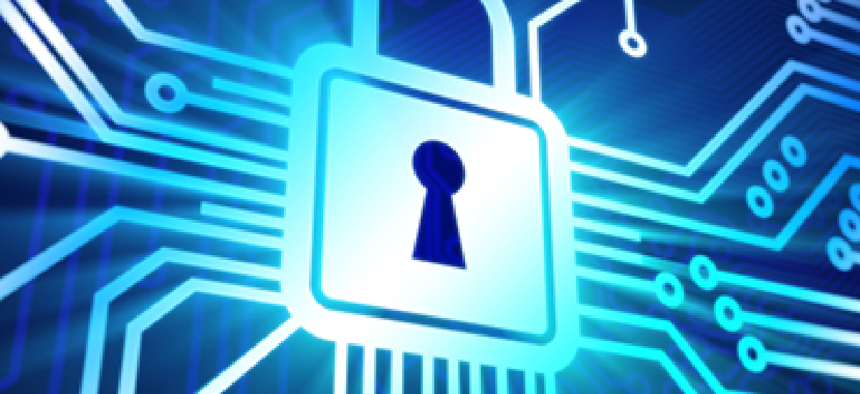Who's leading on critical infrastructure?

In the absence of cybersecurity legislation, officials point to the Energy Department's public-private collaboration as a model.

Although lawmakers, CEOs and officials at the highest levels say securing critical infrastructure against potential cyber threats is a top priority, it remains unclear who is leading the way.
The failure of the Cybersecurity Act of 2012 underscored the issue. A major point of contention in the bill was a measure that sought to protect critical infrastructure, such as the electric grid and other utilities, by offering incentives to privately owned operators of that infrastructure to share cybersecurity information with the government. Other cyber bills called for mandatory participation, which many lawmakers rejected.
Until cybersecurity legislation is revisited in the future, government and industry will need to find other ways to cooperate to protect U.S. assets crucial to daily operations. The best way to do that is by partnering from the beginning and sharing resources, said a group of government and industry officials who spoke at a Nov. 27 event in Washington sponsored by Government Executive.
"By partnering together early, we're really able to understand the level of resources and build upon and tie together the cybersecurity efforts and activities that have been done throughout the sector over a period of years," said Samara Moore, cyber director for critical infrastructure on the White House's National Security Staff.
Moore and representatives from the Energy Department, Department of Homeland Security and energy company Dominion cited DOE's Electricity Subsector Cybersecurity Capability Maturity Model (ES-C2M2) as a prime example of government/industry collaboration. It is designed to help electric utilities and grid operators assess their cybersecurity capabilities and prioritize their actions and investments. DOE developed it in partnership with DHS and with input from industry and other stakeholders. The tool could be expanded as the federal government looks for ways to institute a more holistic approach to cybersecurity throughout the country's critical infrastructure.
"What's important about the model is that it provides a common framework to have a discussion on cybersecurity," said Matthew Light, infrastructure systems analyst in DOE's Office of Electricity Delivery and Energy Reliability. "Up until this point, there hasn't been clear detail in the discussion between government and the private sector. The government comes in and says, ‘You need to do a better job and improve your cybersecurity capabilities,' and the private sector says, ‘OK, we're doing that, but what specifically do you want us to do?' So by having this common framework and setup practices we can all point to and understand, it leads to a much better discussion and better partnership."
The panelists agreed that a strong framework must be scalable so that agencies and companies of different sizes, missions and requirements can use it.
"The fact that you have thousands of entities out there of various sizes and capabilities trying to come up with answers unilaterally is incredibly difficult," said Mark Engels, director of enterprise technology security and compliance at Dominion. "Having something like a maturity model gives you a way to evaluate yourself across totally different domains to determine where it is you think you have opportunities for improvement. Participation certainly isn't mandatory, but neither side is going to be successful without it. I think we've learned that."
Others panelists said collaboration has been an ongoing challenge.
"Voluntary consensus-based approaches are more successful…than a specific agency coming in and seeking comment or coordination on something they've already developed and are asking for feedback on," said Thad Odderstol, director for industry engagement and resilience at DHS' Office of Cybersecurity and Communications. "Full partnership and collaboration from Day One really works better."
Moore agreed that the government cannot create successful programs on its own, with ES-C2M2 being solid proof of that.
"We were able to come up with a product because we didn't start from scratch; it wasn't the government in a vacuum," Moore said. "We are looking at how we can take a model like [ES-C2M2] and apply it to other sectors. That's something that we hope we have the chance to explore further, as well as working with other sectors and industry partners."





